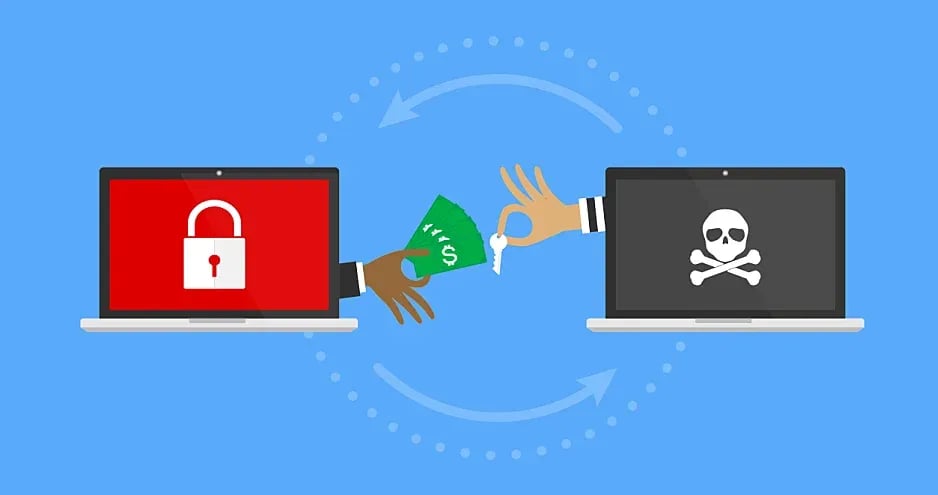Apple’s Forced macOS Updates: A Risk for Media Professionals
Apple’s decision to force macOS updates—whether users want them or not—could have a significant impact on the media industry. For professionals in video editing, music production, and digital content creation, system stability and compatibility are critical. Many rely on specific macOS versions to ensure their software, hardware, and plugins work seamlessly. A forced update could introduce compatibility issues, disrupt workflows, or even cause downtime at critical moments.
A History of Disruptive Changes
This isn’t the first time Apple’s decisions have created headaches for media professionals. When Apple moved to USB-C and Thunderbolt as the primary connection standard, many third-party devices—particularly from Blackmagic Design, Avid, and other media hardware manufacturers—faced serious compatibility issues. Users had to purchase expensive adapters or even replace entire setups to continue their work. Audio engineers, filmmakers, and post-production teams experienced connectivity failures with external storage devices, capture cards, and professional-grade audio interfaces that previously worked seamlessly.
For example:
- Blackmagic’s video capture devices had widespread issues when Apple phased out legacy ports, requiring firmware updates and new cables to function properly.
- Avid users faced problems with audio interfaces and Pro Tools hardware that initially lacked support for macOS changes, forcing workarounds and delays in production.
- External storage solutions from brands like G-Technology and LaCie required new drivers and adapters due to shifting macOS protocols.
Now, with Apple enforcing automatic macOS updates, media professionals risk running into similar disruptions. A single update could break compatibility with critical production tools, leading to workflow downtime or unexpected upgrade costs.
Who Controls Your Workflow?
The forced update model raises concerns about control. Users—especially in industries that depend on precision and reliability—should be able to decide when and how they update their systems. While security patches are necessary, Apple’s approach could leave businesses scrambling to fix broken plugins, reconfigure software, or even replace hardware that no longer functions after an update.
For professionals who have already been burned by past hardware and software shifts, this move adds another layer of uncertainty in an industry where time is money. Should Apple allow users to maintain control over their updates, or is this an inevitable shift in software management?
Supporting References
- Creative Bloq. (2023). Apple’s USB-C transition and the impact on professional users. Retrieved from https://www.creativebloq.com/news/apple-usb-c-transition
- Blackmagic Design. (2024). MacOS updates and hardware compatibility. Retrieved from https://forum.blackmagicdesign.com/
- Pro Tools Expert. (2024). Avid Pro Tools macOS update issues. Retrieved from https://www.pro-tools-expert.com/
- Macworld. (2024). Apple’s forced macOS updates and user concerns. Retrieved from https://www.macworld.com/article/2622358/
- 9to5Mac. (2024). External storage challenges with macOS updates. Retrieved from https://9to5mac.com/2024/01/20/macos-storage-issues/











